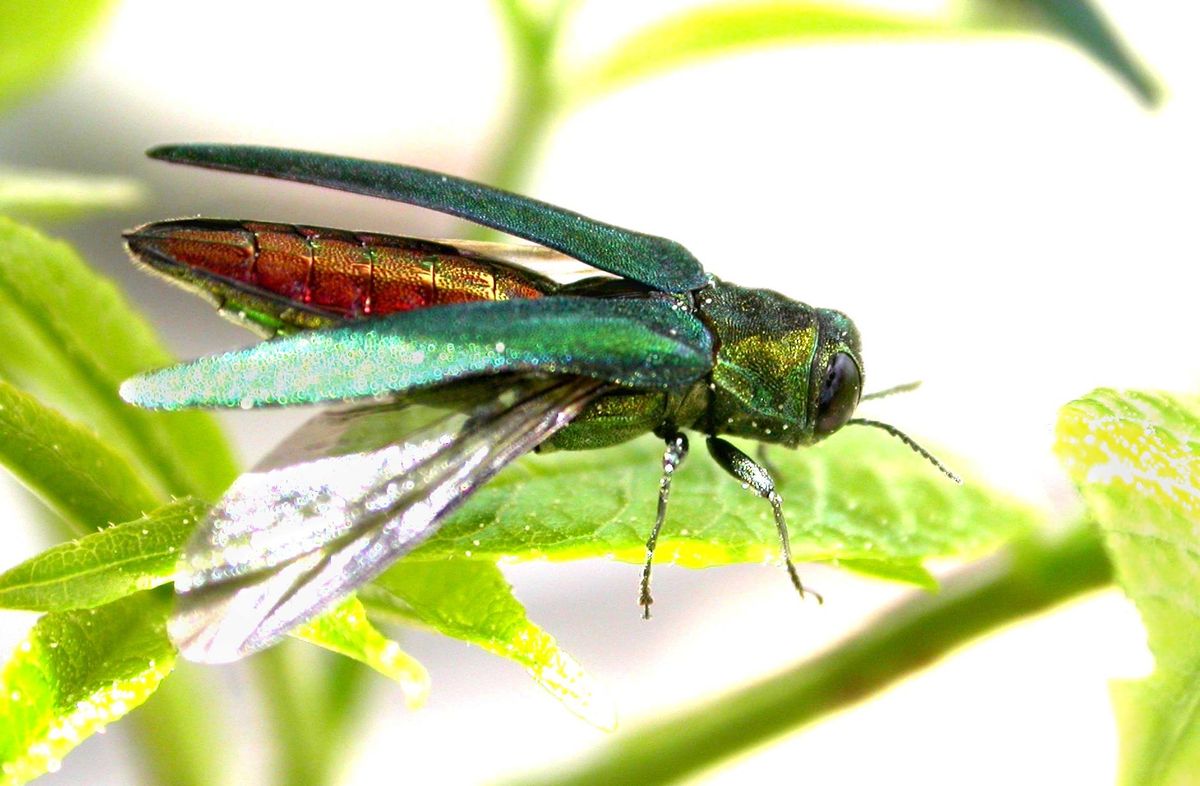Extreme Cold Could Halt Invasive Insect

Air so cold it makes your nose hair crackle could be a good thing for the country's nearly one billion ash trees, according to the U.S. Department of Agriculture. The record cold snap sweeping much of the United States blasted states hit hard by the emerald ash borer, an invasive beetle that was first detected in 2002.
Research by U.S. Forest Service biologist Rob Venette suggests that temperatures below minus 20 degrees Fahrenheit (minus 29 degrees Celsius) will kill 79 percent of emerald ash borer larvae living under the bark of ash trees, the USDA wrote today in a Facebook post. Drop another 10 degrees, down to minus 30 F (minus 34 C) and 98 percent of larvae meet their doom, according to studies conducted by Venette in Minnesota, where air temperatures dropped into the minus 20s. However, temperatures under the tree bark could be two to seven degrees warmer than the air, University of Minnesota ecologist Lee Frelich told Minnesota Public Radio.
Despite the insulating effects of bark, "There is a large area in northern MN that has a lot of ash trees that experiences temperatures cold enough to greatly limit the survival and reproduction of the insect," Frelich told MPR.
Read more: MPR
Email Becky Oskin or follow her @beckyoskin. Follow us @livescience, Facebook & Google+.
Sign up for the Live Science daily newsletter now
Get the world’s most fascinating discoveries delivered straight to your inbox.











